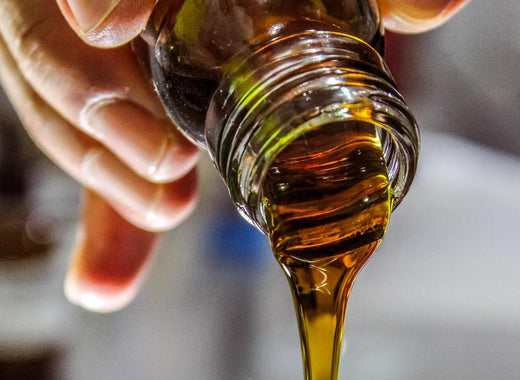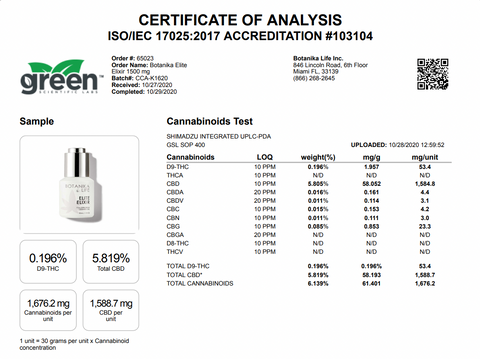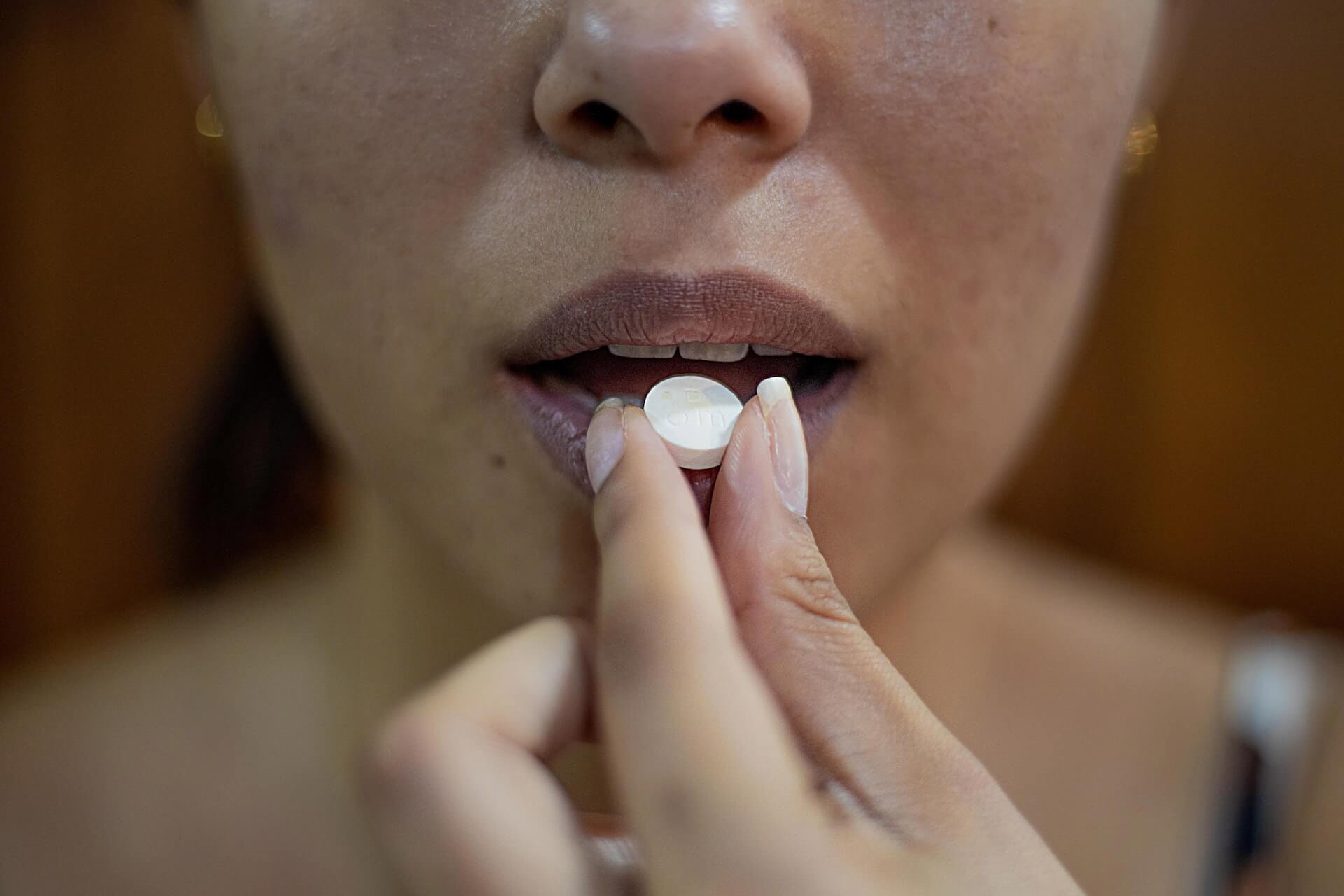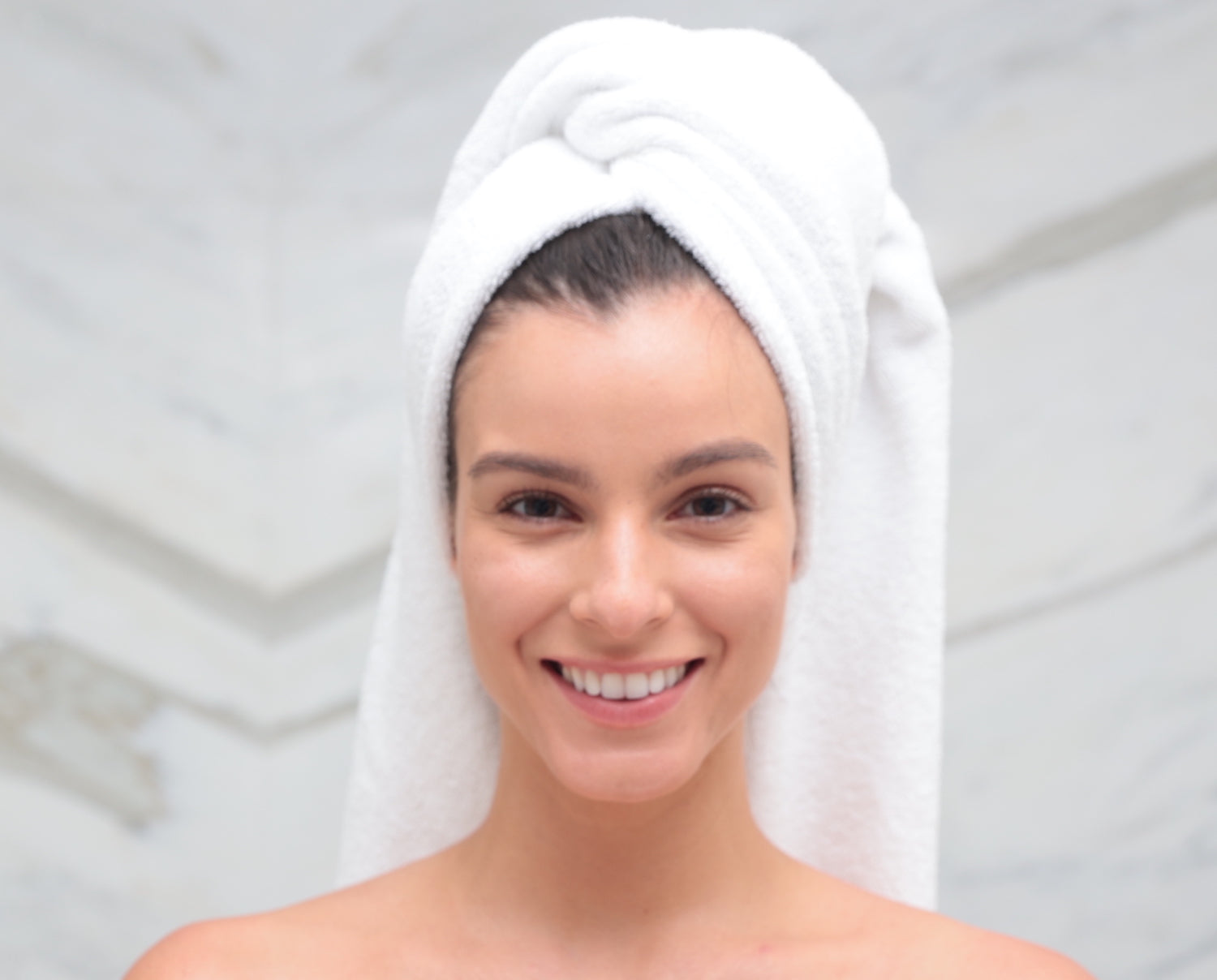
How to Spot Fake CBD Oil & Ingredients to Avoid
The wellness industry and the general public have increasingly embraced and explored the many benefits of CBD oils. After all, it can alleviate both physical pain and inflammation, help neutralize skin conditions, and even assuage anxiety.
However, CBD oil is not regulated in the same way as prescription drugs and other medications under the FDA. This means that manufacturers can (and sometimes do) make false claims on efficacy and their product’s ability to solve medical problems. They can also mislead about the ingredients or quality of the CBD oil.
Therefore, if you’re new to CBD or simply want to upgrade, a natural question to ask would be how to spot fake CBD oil. In this article, we’ll dive into how to tell if it’s real and what added ingredients to avoid when purchasing a CBD-based elixir.
First and Foremost, What is CBD Oil?
CBD, or cannabinoid, is an oil that is harvested from the hemp plant’s leaves and flowers. There are three types of CBD: isolate, broad spectrum, and full spectrum. Isolate and broad spectrum do not contain any THC but are not as potent as full spectrum. Full spectrum CBD has other elements of the plant like terpenes, which create an entourage effect that boosts the results of the CBD oil.
How Do You Spot Fake CBD Oils?
When trying to determine if a CBD oil is real vs. fake, keep an eye on these important indicators. A common theme? If an offer seems too good to be true, it probably is.
Low Price
A suspiciously low price tag is the very first indicator that you may be looking at a fake or inferior CBD oil or CBD-based product. At first glance, it may seem like the cost of CBD is random, but it’s often a reflection of the potency and quality. For example, the Botanika Life Elite Elixir offers 1500 mg of full-spectrum CBD (the least-proccessed kind) sourced from USA-grown hemp; in turn, its price is $85.00 for 30mL. In comparison, another trusted brand offers 30mL for $45, BUT it only contains 250 mg and undergoes more processing to make the oil THC-free, ultimately lowering the quality of the CBD oil. This means that the user would have to consume or apply much more of the CBD oil to receive the same effects as what’s offered by Botanika Life.
Both are examples of “real” CBD rather than fake, even though they represent different price points. Our advice? Research what the market offers to get a sense of what is fair price for what’s offered. For example, if you saw the guarantee of Botanika Life’s quality (1500 mg of full-spectrum CBD) for the cost of a subpar alternative ($45.00), you’ll know it’s fake.
This leads us to our next point when spotting a fake CBD oil . . .
Unrealistic Promises
CBD manufacturers may make very unrealistic and outrageous promises about the contents of their “CBD oil” and its capabilities. Signs of a fake CBD oil include:

Very high CBD levels - Any label that promises extremely high levels of CBD in their oil is patently fake, particularly when that number goes over 2000mg. When a bottle’s total volume is less than 3oz, there’s just no way for that much CBD oil to be contained in the receptacle. Reliable and honest CBD companies will be upfront about the amount of CBD in their product, but it will usually be somewhere within the 250mg-1500mg range, depending upon the product and its primary use.
THC levels being too high - According to US federal statutes, any products that contain more than .3% of THC, is no longer hemp, but marijuana. For CBD to be legal, it should be harvested from the hemp plant, and have less than .3% of THC included. Most CBD oils will not have any THC included.
However, the full spectrum oil includes other aspects of the plant from the leaves and flowers, so sometimes does contain a minute amount of THC. Isolate and broad spectrum should be THC-free. Take note, there is no such thing as full-spectrum CBD oil that is THC-free, and any company that says otherwise is peddling you a fake or deceptive product.
Visual Signs of Fake or Poor Quality CBD Oil
Sometimes, discerning fake CBD oils from the real comes down to your eyes and your gut. Treat the following as red flags:

Wrong bottle composition and oil coloration - CBD oils should always be sold in an amber or opaque glass bottle, as this protects the CBD oil which is easily affected by sunlight and temperature. If the bottle you buy is clear, you may have gotten a false product. Even if it’s real, the CBD oil would go bad quickly, so you wouldn’t get your money’s worth either way.
CBD oil coloration is also important. As with the bottle, the oil itself should not be completely clear, especially if the CBD oil is being touted as full spectrum.
Amateur labeling - An amateurish label reflects the company’s level of professionalism and how much effort went into the product (which is little).
Look beyond the visuals. Are the ingredients listed as they should be? Do they use the proper chemical component language? Watch out for labels for brands that look very close to other reputable sellers, as this is one of the ways counterfit products slide under the radar.
Questionable CBD Ingredients and Product Formulas
Excessive ingredients and additives - Ideally, the best kind of consumable CBD oil is one that is just the CBD and one carrier oil. As long as both oils have safe harvesting and extraction processes (as well as being wholly plant-derived) it is likely that you are getting what is advertised, and will be able to enjoy the fullest potency and efficacy of the oil.
CBD-based products that aren’t just CBD oil are found frequently in the skin and beauty care industries. For example, our CBD pain relief products feature other active ingredients like lidocaine to further serve their intended use. For such multi-ingredient products, keep an eye out for the volume of components used in these products, and whether synthetic or harmful chemicals are added. And if you’re vegan, make sure you know the names of any animal-derived components that may show up.
In short, avoid CBD with excess, obscure ingredients or unnecessarily complex formuals.
No independent lab testing available - An increasing number of CBD oil vendors utilize third-party labs to verify the cleanliness of their products. You shouldn’t purchase CBD from a company that doesn’t publish such results. This means that the vendor can back up their claims with impartial data, and that they are willing to give their customers transparency. Of all the ways to spot fake CBD oil, third-party lab results are the most surefire method.

Other Ingredients to Avoid When Shopping for CBD Oils
Subpar carrier oils- Carrier oils are necessary for CBD oil to properly work. This is because CBD molecules are fairly large; the carrier oil dissolves the larger molecules, allowing the CBD oil to be absorbed by the skin externally, and the CB1 and CB2 receptors inside the body. Two of the most common carrier oils for CBD-based products are coconut oil (also known as MCT oil) and hemp seed oil. While there are plenty of other options, many reputable, certain carrier oils can slow down the bioavailability (such as olive oil). Therefore, we suggest you research the pros and cons of the specific carrier oil in the CBD you buy.
Essential oils in products intended for consumption - Skin care and beauty care products will often include certain essential oils in their CBD-based products to further expand upon the item’s benefits. For example, lavender is a popular additive in products that are aimed at relaxation and de-stressing (such as our lavender CBD bath bomb). However, do not purchase any CBD oils with essential oils for consumption.
If you have allergies, know that some products’ ingredients may trigger a reaction - For example, some CBD oils include coconut or avocado oils. The best way to avoid an allergy reaction is to know what you are allergic to ahead of time and carefully check the ingredient list of the CBD oil before you buy.
Digging Deeper into Hemp Seed Oil vs. CBD
Search for “CBD oil” on Amazon, and you’ll see a number of retailers advertising their “hemp seed oil” products. For this and similar reasons, many newcomers to CBD think that the two are interchangeable, which is far from the truth.
Yes, hemp seed oil is oil that comes from the seeds of the hemp plant. Though it can benefit you and is not dangerous as a supplement and is rich in omega fats, it does not have the advantages of CBD oil because it does not actually contain CBD or deliver the same benefits to the body.
Some CBD oils will use hemp seed oil as the carrier oil, which is perfectly fine, but make sure any product you buy claiming to be CBD oil does, in fact, have CBD oil in it, and is not just hemp seed oil alone.
Shop for High-Quality CBD From Botanika Life
Botanika Life sells a broad range of CBD-based products, spanning from our CBD sleep spray with melatonin to our CBD-enriched pain cream. No matter how you choose to use CBD, we have a catered solution!
All of our products use CBD extracted from hemp plants organically cultivated in Colorado or Oregon. This means no pesticides or GMOs! Plus, all ingredients are plant-based and vegan. We stand behind our CBD solutions with third-party lab testing with results our customers can readily view.


